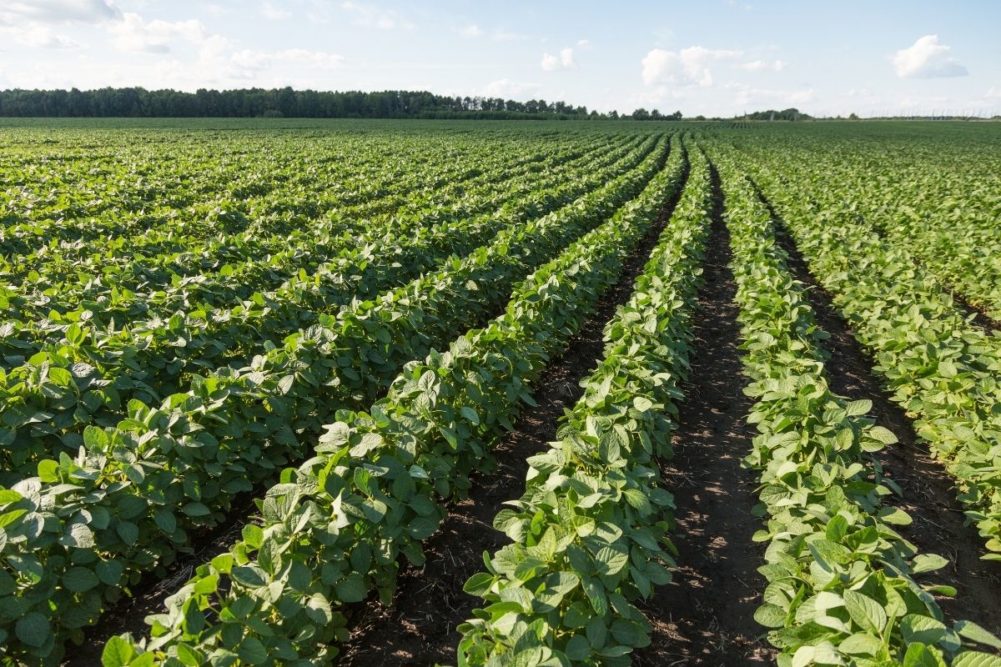BRUSSELS, BELGIUM — Although total oilseeds acreage in the European Union (EU) is forecast to increase by 5% in the 2022-23 marketing year, production is only expected to rise slightly due to lower-than-average yields, according to a Global Agricultural Information Network report from the Foreign Agricultural Service of the US Department of Agriculture (USDA).
The increase in planted area is mainly a result of higher rapeseed and soybean area, as well as an increase in sunflower seed acreage, the USDA said, noting the impact of “high, attractive commodity prices, and to some extent, the uncertainty of the Black Sea market” due to the war in Ukraine, which is the world’s top sunflower seed and oil producer and exporter.
The USDA said since the EU imports significant amounts of oilseeds from Ukraine, the current crisis puts a lot of pressure on the domestic oilseeds market, particularly regarding sunflower and rapeseed.
“Like in other sectors, the Russian invasion of Ukraine significantly impacts the oilseeds market,” the USDA said in a report dated April 21. “In addition to the uncertainties in the Black Sea area, high input prices and the scarcity of input materials, such as energy, fertilizers, and pesticides, put a lot of pressure on the market and further increase the already tight situation.”
The sunflower oil situation in the EU is projected to be particularly tight in 2022-23, with the USDA predicting ending stocks will fall to an all-time low of 114,000 tonnes.
Rapeseed production is seen at 17.6 million tonnes, a slight increase from 2021-22, but ending stocks are still projected to decline to 392,000 tonnes, the lowest level since 2003-04.
Sunflower seed output is forecast to decline slightly to 9.98 million tonnes, with ending stocks declining to 330,000 tonnes, the lowest level since 2018-19.
Soybean production is expected to increase to 3 million tonnes, with ending stocks falling to 773,000 tonnes, the lowest mark since 2009-10.






